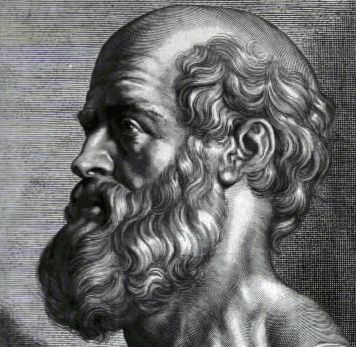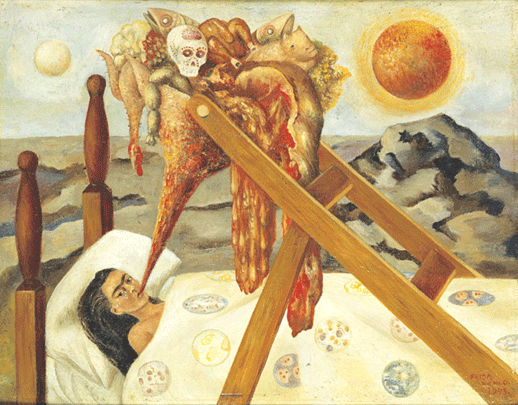In ancient Rome, health was a very important matter. The government built bath houses and water pipes to provide clean water in significant places and encourage the community to take care of their clean. However, the Romans did not fully understand the involvement of germs in disease.
Some Ancient Roman herbs used in medicine were:
Fennel: It was thought to have calming properties.
Elecampane: Used to help with digestion.
Sage: Although it had little medicinal value, it had great religious value.
Garlic: Beneficial for health, particularly of the heart.
Fenugreek: Used in the treatment of pneumonia.
Silphium: Used for a wide variety of ailments and conditions—especially for birth control.
Willow: Is used as an antiseptic
Hippocrates (c. 460 BC – c. 370 BC) : The famous figure in the history of medicine perhaps, "the father of medicine", was Hippocrates. He described many diseases and medical conditions like lung cancer and cyanotic heart disease.Hippocrates began to categorize illnesses as acute, chronic, endemic and epidemic, and use terms such as, "exacerbation, relapse, resolution, crisis, paroxysm, peak, and convalescence. He is credited with being the first person to believe that diseases were caused naturally, not because of superstition and gods.





